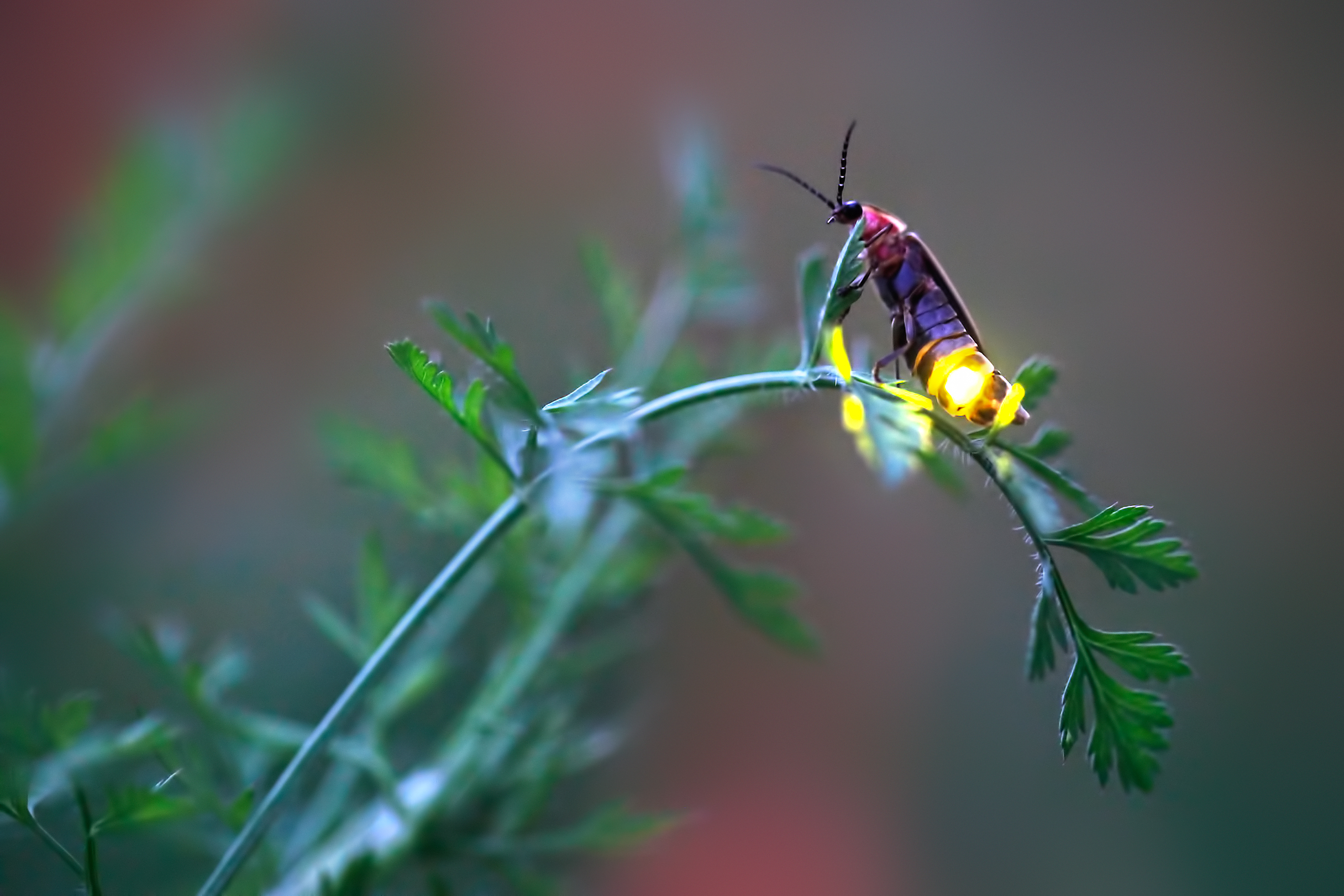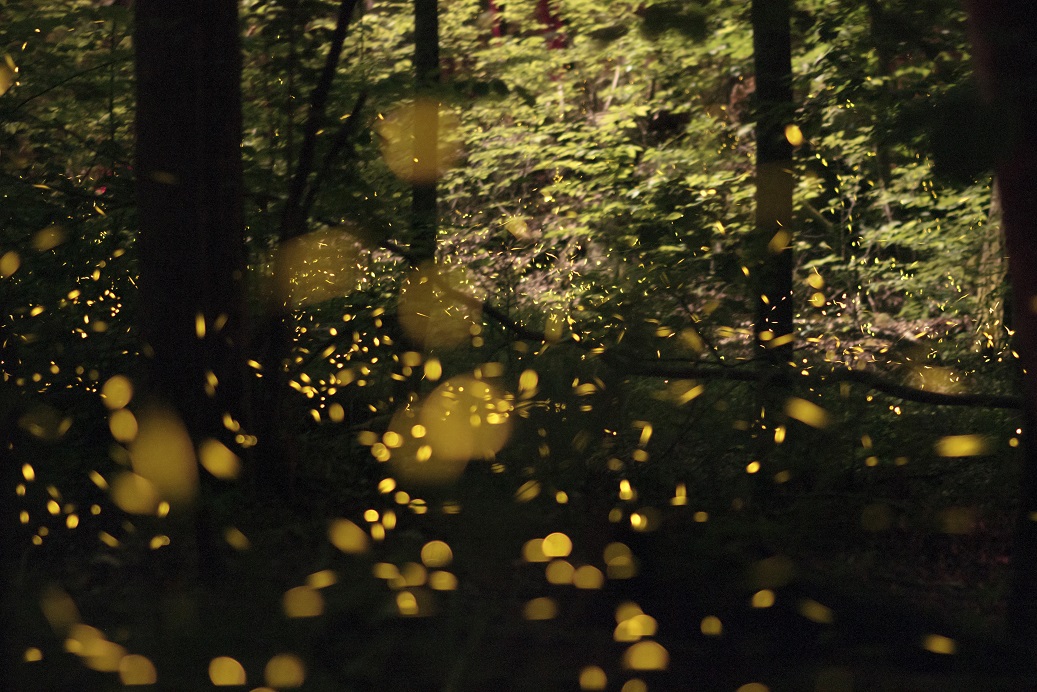Across the country, in grassy yards and open fields, darkening forests and yawning river canyons, fireflies—aka lightningbugs or glow-worms—are signaling. Males flash and flicker and then wait, pausing to see if females will respond. Females emerge from small underground burrows or the undergrowth, pulsing softly, as large-eyed males fly overhead, seeking their light. Daytime dark fireflies do away with the lights altogether, trading night for day, using chemical cues to attract potential mates.
 World Firefly Day is a chance to celebrate the insects that added magic to childhood, and yet are gradually fading away. (Photo: Radim Schreiber / fireflyexperience.org)
World Firefly Day is a chance to celebrate the insects that added magic to childhood, and yet are gradually fading away. (Photo: Radim Schreiber / fireflyexperience.org)
Fireflies are without a doubt some of our best loved insects. And while some species appear to be stable or even expanding their ranges, others are declining. Mounting anecdotal evidence, backed by expert opinion, show that fireflies are in trouble. Although we aren’t certain what is driving these declines, habitat loss, light pollution, and pesticide use are thought to be the primary threats to fireflies across the globe. Fortunately, there are many things you can do to help. From providing habitat to turning off your outdoor lights and eliminating pesticide use, there are tangible steps you can take to help protect fireflies.
To help raise awareness of fireflies and their conservation needs, the Fireflyers International Network (FIN) launched World Firefly Day in 2018. This annual celebration, taking place from July 4–5 this year, shines a spotlight on these special beetles and the joy and wonder they inspire. Typically taking place in festivals, exhibits, talks, and gatherings around the world, this year’s celebration will look a little different. Instead, due to restrictions related to the coronavirus, it will be celebrated virtually through music, videos, and other presentations posted on FIN’s YouTube channel and on FIN Facebook.
 Male synchronous fireflies (Photinus carolinus), such as those found in Great Smoky Mountains National Park, synchronize their flash patterns to produce dazzling light displays with several thousand individuals flashing at once. (Photo: Ryan Atkins, Flickr [CC BY-NC 2.0])
Male synchronous fireflies (Photinus carolinus), such as those found in Great Smoky Mountains National Park, synchronize their flash patterns to produce dazzling light displays with several thousand individuals flashing at once. (Photo: Ryan Atkins, Flickr [CC BY-NC 2.0])
Each year has a different theme, and in light of the pandemic, FIN has chosen this year’s as Hope Rising. And perhaps that’s what we need right now. Fireflies—particularly lightningbugs—have inspired hope for centuries. They are, quite literally, a light in the darkness. In a time that may seem hopeless, in a country racked by a pandemic, reeling from a recession, and roused by racial injustice, these small creatures can serve as flinty sparks of hope.
Further Reading about Fireflies
Brochure: Firefly Conservation: A Guide to Protecting the Jewels of the Night
Conservation guidelines: Conserving the Jewels of the Night
Fact sheet: Firefly-friendly lighting practices (also available in Spanish)
Webinar: Fireflies: Getting to Know the Jewels of the Night
Xerces’ firefly conservation campaign: Conserving the Jewels of the Night
Fireflyers International Network




